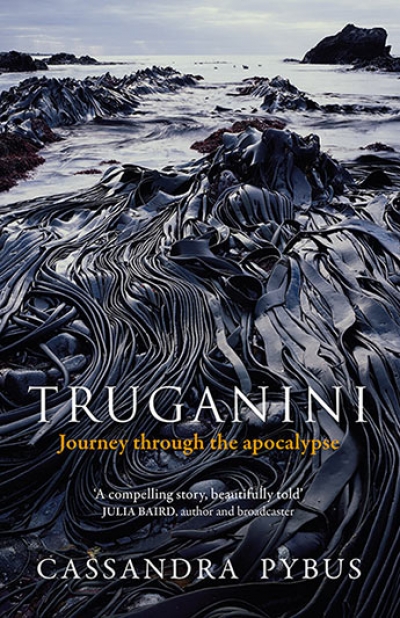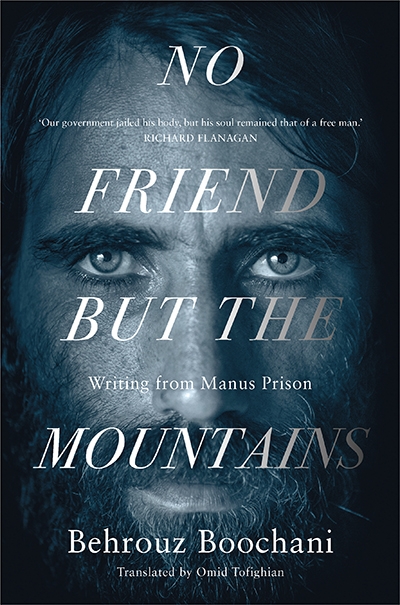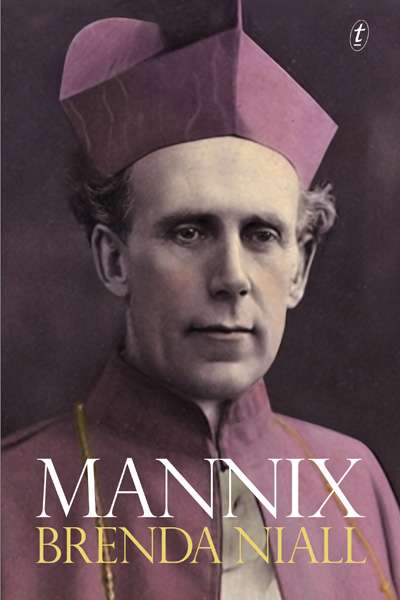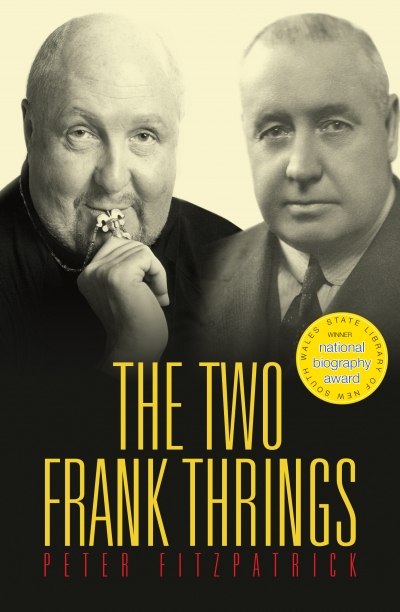National Biography Award Winner
Truganini: Journey through the apocalypse by Cassandra Pybus
by Billy Griffiths •
Tiberius with a Telephone: The life and stories of William McMahon by Patrick Mullins
by James Walter •
No Friend But the Mountains: Writing from Manus Prison by Behrouz Boochani
by Felicity Plunkett •
Before Rupert: Keith Murdoch and the Birth of a Dynasty by Tom D.C. Roberts
by Paul Morgan •
An Unsentimental Bloke: The life and work of C.J. Dennis by Philip Butterss
by Dennis Haskell •










